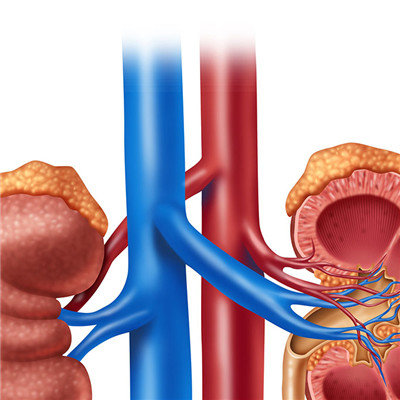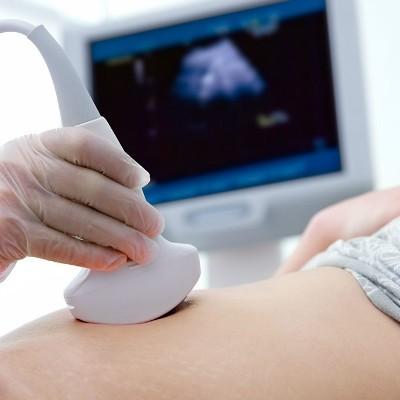Typhoid symptoms?
summary
Salmonella typhi is a serotype of enteric salmonella. It is gram-negative bacilli. It is also the cause of typhoid (not "typhoid disease"). This kind of bacteria can be transmitted through fecal mouth, that is, feces excreted by human beings, and then transmitted through polluted water sources or unsanitary human to human contact.
Typhoid symptoms?
1. Intestinal bleeding and perforation often occur in ulcer stage. Severe intestinal bleeding can cause hemorrhagic shock. Intestinal perforation is the most serious complication of typhoid fever. Most of the perforation is one, sometimes multiple, and occurs in the case of flatulence and diarrhea. After perforation, it often causes diffuse peritonitis. The incidence of these two complications is about 1% ~ 5%.

2. Bronchopneumonia is mostly complicated in children, which is often caused by decreased resistance, secondary pneumococcal or other respiratory tract bacterial infection, and a few cases can also be directly caused by typhoid bacilli.

3. Other typhoid bacilli can infect other organs, such as bone marrow, meninges, kidneys (renal parenchyma and pelvis), joints, but they are rare. Gallbladder infection is common and important. If cholecystitis is chronic, typhoid bacteria will be discharged for a long time as the source of infection.

matters needing attention
In the case of no complications, generally after 4 ~ 5 weeks can be cured, after the disease can obtain strong immunity. Sepsis, intestinal bleeding and perforation are the main causes of death. Since the use of antibiotics in the treatment of typhoid fever, the course of disease has been significantly shortened, and the clinical symptoms have been greatly alleviated. The typical intestinal and systemic lesions of typhoid fever are rare, but the recurrence rate has increased to a certain extent.












